I'm trying out the IP5306 (The datasheet is in Chinese, I used the "document" feature of Google Translate to translate it).
Here is my schematic:
The IP5306 is a cheap boost chip that is normally used for charging mobile phones. Its typical application involves boosting a lipo to 5V. It also charges the lipo via a micro USB port. I'm using it to power a small portable load (~60-200mA @5V).
SW1 turns on and off a PFET that connects or disconnects the lipo from the IP5306.
I have assembled a few boards and am currently in the verification/debugging phase. At first, the board didn't work at all. This was due to my misinterpretation of part 10 of the translated datasheet, which states "The IP5306 recognizes long and short button operations, and the PIN5 pin is left unconnected when no buttons are pressed".
I thought this meant I could leave pin 5 unconnected and the IC would function normally. Unfortunately, pin 5 (the "key" pin) needs to be pulled down by a short button press (longer than 50ms and shorter than 2 seconds) in order for the device to start up and boost the battery voltage to 5V and provide current to a load. I didn't account for this in my design, and left the key pin disconnected.
I've been trying for hours to think of a way to automate the temporary pulldown action immediately after SW1 connects the battery with the IP5306. I'd really like to add something small and simple (I have resistors, capacitors, inductors, transistors, FETS) to the design without redoing the whole thing. The pulldown action must be longer than 50ms and shorter than 2 seconds. Any ideas???
Current progress:

simulate this circuit – Schematic created using CircuitLab


